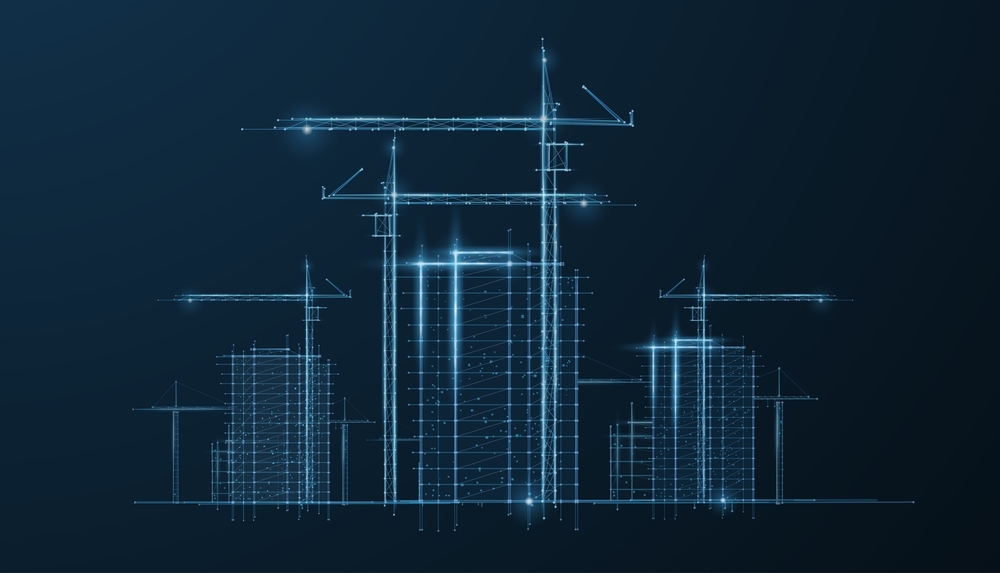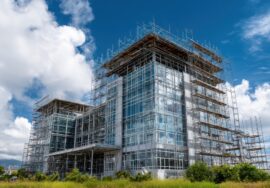Solar-Powered Buildings: The Future of Sustainable Architecture
Solar-Powered Buildings: The Future of Sustainable Architecture
Introduction
Solar-powered buildings are transforming the construction industry by integrating renewable energy solutions for a greener future. Utilizing solar energy reduces reliance on fossil fuels, decreases energy costs, and promotes sustainability.
Key Features of Solar-Powered Buildings
1. Solar Panel Systems
- Photovoltaic (PV) panels convert sunlight into electricity.
- Solar thermal systems provide heating and hot water.
- Building-integrated photovoltaics (BIPV) seamlessly blend into the architectural design.
2. Energy Storage Solutions
- Battery storage systems store excess solar energy for later use.
- Grid-connected systems supply surplus power to the main grid.
- Hybrid energy setups integrate solar with other renewable sources.
3. Smart Energy Management
- Automated energy monitoring ensures efficient power usage.
- Smart grids optimize energy distribution.
- AI-driven energy systems enhance sustainability.
Benefits of Solar-Powered Buildings
Environmental Benefits
- Reduction in carbon emissions by replacing conventional energy sources.
- Lower reliance on non-renewable energy, reducing environmental degradation.
- Decreased urban heat island effect by using solar reflective roofing.
Economic Benefits
- Significant energy savings through solar power usage.
- Government incentives and subsidies for solar installations.
- Increased property value for buildings with solar integration.
 Solar-Powered Buildings
Solar-Powered Buildings
Solar-Powered Buildings in India
India is rapidly advancing in solar energy adoption with pioneering projects such as:
- Indira Paryavaran Bhawan, New Delhi – India’s first net-zero energy building.
- Infosys Pune Campus – A solar-powered IT campus with energy-efficient solutions.
- Cochin International Airport, Kerala – The world’s first fully solar-powered airport.
Future Trends in Solar-Powered Buildings
1. Advanced Solar Technologies
- Transparent solar panels for windows and facades.
- Perovskite solar cells offering higher efficiency and lower costs.
2. Net-Zero Energy Buildings
- Integration of smart grids and energy-efficient designs.
- Use of AI and IoT for optimizing energy performance.
3. Community Solar Projects
- Shared solar energy programs for residential complexes.
- Microgrid development to support localized energy solutions.
Conclusion
Solar-powered buildings are the key to a sustainable future, offering environmental and economic advantages. Adopting solar energy ensures long-term energy efficiency and resilience.
For expert consultation on solar-powered solutions, contact us today.
External References:
Construction Industry in India
- One of India’s largest construction and engineering companies, Campus Construction Cost Optimization provides services including project management, cost control, and engineering consultancy. For detailed information on their offerings, visit. Construction Industry in India
Read more related articles to enhance your knowledge and make informed decisions
10 Essential Steps in the Building Construction Process
How to Choose the Right Materials for Your Construction Project









